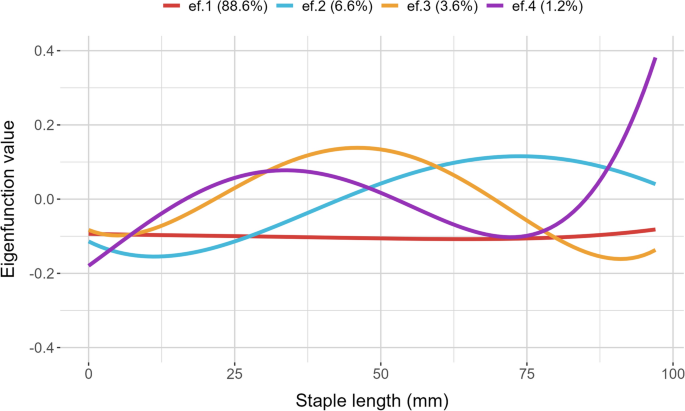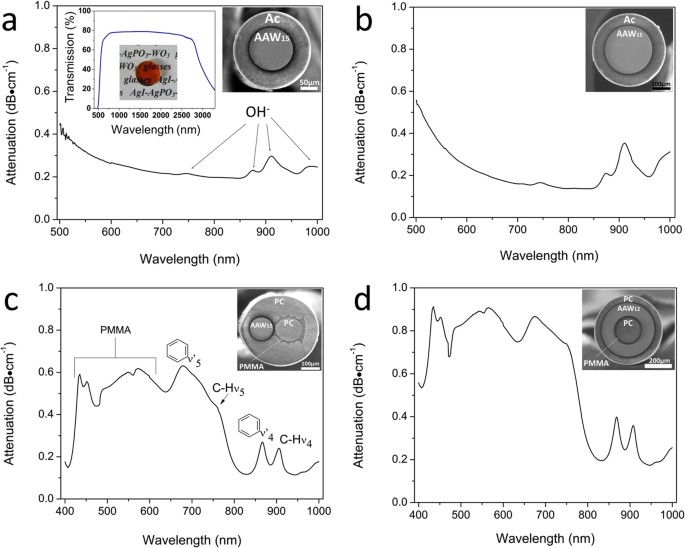High-Performance Optical Fibre Diameter Analyser for Specialized Applications
Wiki Article
Optimize Your Fiber Optic Performance: Comprehending Optical Fiber Size Analyser Innovation
The performance of fiber optic systems is seriously influenced by the accuracy of their size, an element frequently neglected in the quest of optimal signal stability. Understanding the innovation behind optical fiber size analysers discloses the intricate equilibrium between dimension precision and manufacturing quality.Importance of Optical Fibre Diameter
The diameter of optical fibre plays an essential duty in identifying the efficiency and efficiency of interaction systems. On the other hand, smaller diameters tend to sustain less settings, which can improve signal quality and minimize crosstalk.
In addition, comprehending the size's ramifications can lead to set you back financial savings by minimizing the need for signal amplification and repeaters in substantial networks (optical fibre diameter analyser). In conclusion, the relevance of optical fibre diameter can not be overemphasized, as it directly impacts the overall efficiency and reliability of modern interaction systems

Just How Diameter Impacts Signal Quality
Signal quality in optical fiber systems hinges considerably on the diameter of the fiber. The diameter influences a number of key criteria, including depletion, data transfer, and modal dispersion. A smaller sized size can cause greater attenuation prices, leading to signal loss as light trips via the fibre. This depletion can jeopardize the integrity of the transmitted information, causing a decrease in signal top quality, especially over long ranges.Conversely, larger sizes generally permit improved light capture and decreased modal dispersion, improving signal clarity. In multimode fibres, a bigger core diameter can sustain multiple light modes, however it may likewise present intermodal diffusion, which can break down signal top quality. As a result, choosing the optimum fibre diameter is important for achieving the desired performance in specific applications.
Furthermore, the interaction between the fiber diameter and the wavelength of the light made use of plays an important duty in identifying the effective transmission distance and overall signal integrity. Recognizing exactly how fibre diameter impacts signal high quality is necessary for network developers and designers aiming to enhance optical fibre systems for dependable, high-speed information transmission.
Introduction of Size Analyser Modern Technology
In many optical fibre production procedures, accurate dimension of fibre diameter is essential for making certain consistent performance and high quality (optical fibre diameter analyser). Diameter analysers are sophisticated instruments made to analyze the physical dimensions of optical fibers with high accuracy. They use sophisticated optical and laser technologies to gauge the diameter, ovality, and concentricity of the fiber, therefore supplying important information for high quality controlThese analysers can run in-line during the production process or as part of off-line screening protocols. In-line systems enable real-time monitoring, enabling manufacturers to readjust specifications right away, thus maintaining optimal production problems. Off-line analysers, on the other hand, supply thorough examinations of sets, making sure that any discrepancies from specified resistances are identified and resolved.
Diameter analysers dramatically add to the decrease of defects in optical fibres, enhancing general product dependability. By continually determining key parameters, these technologies assist in conformity with sector requirements and specifications. As the demand for high-performance optical fibers remains to climb, the role of size analysers ends up being increasingly important in attaining the wanted quality and efficiency standards in fibre optic systems.
Key Attributes of Fiber Diameter Analysers
Although various models of fiber size analysers exist, they typically share a number of key functions that improve their functionality and integrity. Among the most significant attributes is high-resolution dimension capacities, which make sure accurate diameter analyses, crucial for keeping high quality control in fibre production. Furthermore, lots of analysers include innovative optical sensing units designed to spot minute variations in fibre diameter, therefore offering vital information for process optimization.An additional crucial attribute is real-time surveillance, allowing drivers to obtain instant responses on fibre diameter throughout the manufacturing procedure (optical fibre diameter analyser). This capability promotes fast changes and minimizes the likelihood of problems. Many analysers also come outfitted with straightforward interfaces, allowing drivers to conveniently navigate with data and settings results
Furthermore, robust data storage and evaluation functionalities are necessary for tracking historic performance fads and guaranteeing conformity with sector requirements. Some versions also offer connectivity choices for combination into existing manufacturing control systems, improving overall operational effectiveness. Mobile and small styles allow for versatile release within production environments, guaranteeing that high quality guarantee processes are smooth and reliable. These attributes jointly add to the efficiency of fiber diameter analysers in enhancing fiber optic efficiency.
Best Practices for Fiber Optimization

First, regular calibration of optical fiber size analysers is important. This ensures accurate measurements and decreases possible discrepancies that can impact performance. Next, keeping a tidy workplace is important; dust and pollutants can bring about signify deterioration.
Furthermore, it is important to pick fibers that meet specific application demands. This involves reviewing variables such as attenuation, transmission capacity, and environmental conditions. Proper installation methods should additionally be stuck to, including preventing sharp bends and excessive stress, which can endanger fibre integrity.
Moreover, using innovative tracking systems can assist in real-time performance analyses, allowing prompt recognition of problems. Normal screening and maintenance should be carried out to guarantee that fibres remain within ideal functional criteria.
Last but not least, training personnel on the latest fibre optimization technologies and approaches will boost their capability to apply reliable strategies. By adhering to these best methods, organizations can dramatically improve the efficiency and life expectancy of their optical fibre systems, guaranteeing effective communication and data transfer.
Verdict
In final thought, the assimilation of optical fibre diameter analyser innovation is vital for making best use of fiber optic efficiency. By making sure accurate dimensions of fiber dimensions, these analysers substantially improve signal quality and decrease losses throughout data transmission. Regular calibration and upkeep of the analysers are necessary to promote ideal efficiency and compliance with sector requirements. Eventually, the application of this modern technology promotes improved data transmission rates and strengthens signal honesty, adding to the overall efficiency of fibre optic systems.Signal top quality in reference optical fiber systems hinges dramatically on the diameter of the fibre.In many optical fibre manufacturing procedures, accurate measurement of fibre size is crucial for guaranteeing consistent performance and top quality. As the demand for high-performance optical fibers proceeds to increase, the duty of size analysers ends up being increasingly important in accomplishing the preferred high quality and performance criteria in fiber optic systems.
These features jointly add to the effectiveness of fibre size analysers in maximizing fiber optic efficiency.
In verdict, the integration of optical fiber size analyser modern technology is critical for taking full advantage of fibre optic performance.
Report this wiki page